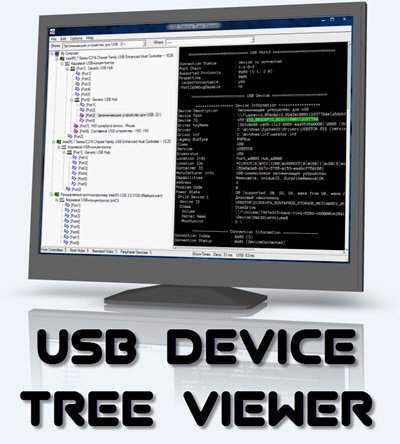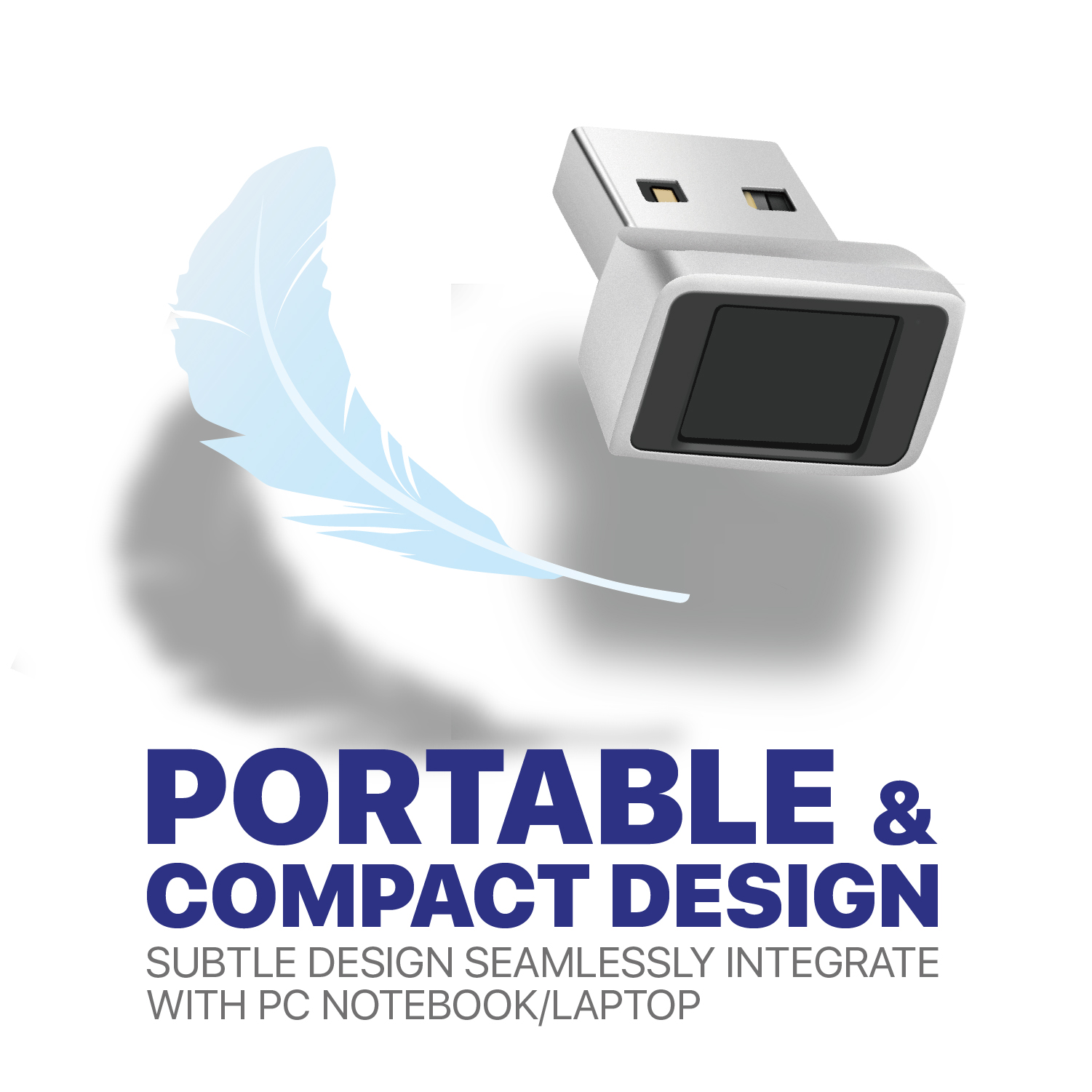

To browse photos within a folder, open a photo from the Folders view or File Explorer, then swipe right or use the arrow keys to see the next item. Change mouse wheel settings in More > Settings. Press Ctrl + the mouse wheel to zoom in or out. Run the following command, replacing the letter “X” with the drive letter where the Windows mounted the installation media and “.ext” with the appropriate file extension, which is either “.wim” or “.esd.” DISM /get-wiminfo /wimfile:"X:\sources\install.ext"įor example, if your installation media is mounted on the drive letter I: and it contains an install.wim file, you’d run: DISM /get-wiminfo /wimfile:"I:\sources\install. The Photos app in Windows 10 does the same things Photo Viewer did, and more.

On Windows 10, right-click the Start button and select “PowerShell (Admin).” On Windows 7, search the Start menu for “Command Prompt,” right-click the “Command Prompt” shortcut, and select “Run as Administrator.” Source code If you want the USBView source code, go here.

How to run By default, the 64-bit version of USBView will get installed to: 'Program Files (x86)Windows Kits10Debuggers圆4usbview.exe' Go there and run it. To check what’s on the installation media, you’ll need a Command Prompt or PowerShell window with Administrator privileges. Unfortunately, the Debugging Tools installer wont add USBView to your Start menu. Look for a file named either “install.wim” or “install.esd.” You might find either of the two depending on how you created the installation media. When you’ve connected or mounted the installation media, browse inside the installation media and open the “sources” folder.


 0 kommentar(er)
0 kommentar(er)
